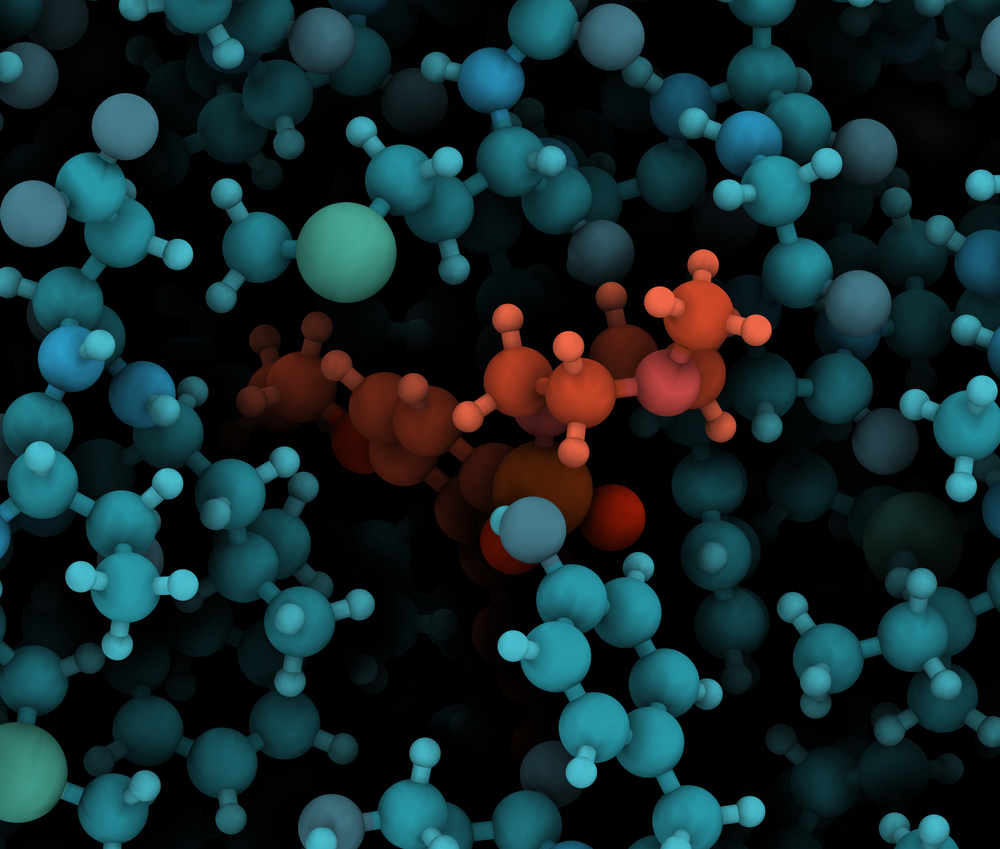In a new study entitled “Blockade of a Key Region in the Extracellular Domain Inhibits HER2 Dimerization and Signaling,” researchers discover a key sequence in HER2 protein that, once disrupted, shuts down HER2-mediated cancer signaling pathways. The study was published in the Journal of the National Cancer Institute.
Breast cancer patients who express higher levels of human epidermal growth factor receptor 2 (HER2) exhibit poorer survival rates. As such, therapeutic strategies have focused on inhibiting HER2 activity, mostly via antibody targeting of HER2 protein extracellular domain, the place where signal transduction is initiated through dimerization with other receptors, over stimulating cells proliferation and growth. Trastuzumab (commercial name Herceptin) and pertuzumab, both HER2 monoclonal antibodies, and cetuximab, an inhibitor, are currently used as treatments for women with HER2-positive breast cancer. However, despite their demonstrated clinical benefits, the results are only partially effective and there is a need for novel therapeutic strategies.
In this study, a team of researchers at Mayo Clinic led by Ruth Lupu, Ph.D. hypothesized that blocking HER2’s capacity to bind and thus form dimers with other receptors could block tumor growth. This is a new approach, since the team hypothesized that HER2 carries a “functional site,” i.e., a specific sequence through which HER2 binds itself or other partners to activate a signaling cascade that ultimately promotes tumor growth. To this end, they introduced a series of deletion mutations into a specific area of the HER2 protein. The team was able to identify the short sequence responsible for HER2 binding. A sequence of only 16 amino acids, once deleted, completely abrogated the oncogenic potential of HER2, therefore stopping its capacity to transform cells into cancerous, proliferating cells. Notably, the team performed additional studies and discovered that introducing the mutated protein (with the deleted sequence) into HER2-positive breast cancer cells inhibited proliferation of cancer cells. Moreover, the mutant protein exhibited higher anti-tumor activity then the three most current HER2-targeted therapies, specifically the drugs trastuzumab, pertuzumab and cetuximab.
In sum, the team highlights their findings reveal HER2 protein has an essential “activating” sequence to allow the protein binding to its partners and activate HER2-driven oncogenic signaling. As a result, specifically targeting this sequence is a potential new therapeutical strategy in HER2-overexpressing tumors.
Ruth Lupu, Ph.D., a professor of experimental pathology and laboratory medicine and biochemistry and molecular biology at Mayo Clinic and study lead author commented, “This study is the first to look at the specific sequences for dimerization of HER2 as a possible anti-cancer target,” says the study’s senior author. This finding could be beneficial not only for breast cancer, but also for other cancers with abnormal HER2 levels, such as ovarian, stomach and prostate cancer. Our study demonstrates that this protein sequence is a druggable target. Targeting this sequence could have a much broader impact than other drugs that are currently available because it does not just disrupt HER2, but it actually gets in the way of HER2’s dimerization to itself and other family members. As a result, this approach could block many of the different pathways by which cancer-causing signals get sent into the cell.”

